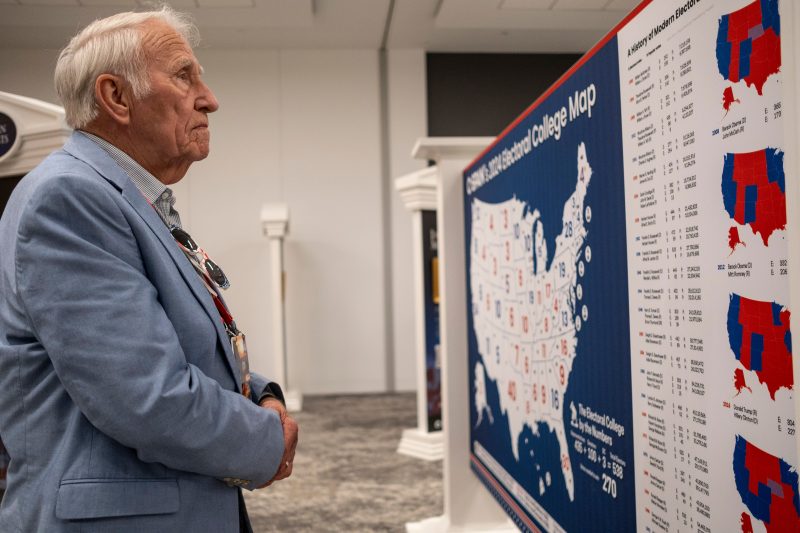In the fast-paced world of American politics, the Electoral College has always been a key player in determining the outcome of presidential elections. Over the years, the GOP has had a strategic advantage in the Electoral College, but recent trends suggest that this edge may be shrinking.
One of the key factors contributing to the GOP’s shrinking Electoral College edge is demographics. As the country becomes more diverse, with growing populations of minorities and young voters, the Republican Party is facing challenges in winning over these key demographics. This shift is evident in states like Arizona, Georgia, and Texas, where the proportion of minority voters has been steadily increasing. This demographic change is turning once reliably red states into battlegrounds, making it harder for the GOP to secure Electoral College victories.
Another factor contributing to the GOP’s shrinking edge in the Electoral College is changing political preferences among voters. Recent elections have shown a growing divide between urban and rural areas, with urban areas becoming increasingly Democratic while rural areas remain steadfastly Republican. This urban-rural divide is playing out in key swing states, such as Pennsylvania and Wisconsin, where urban centers are becoming crucial battlegrounds that can tilt the balance in the Electoral College.
Furthermore, shifts in party coalitions are also impacting the GOP’s Electoral College advantage. Traditionally, the GOP has relied on a coalition of conservatives, white voters, and religious groups to secure Electoral College victories. However, changing demographics and political preferences are reshaping these coalitions. The rise of independent voters and moderates, as well as increasing polarization within the electorate, are challenging the GOP’s traditional coalition strategy and making it harder to secure Electoral College wins.
In addition, recent electoral reforms in some states, such as automatic voter registration and expansions of early voting, are making it easier for traditionally Democratic-leaning voters to cast their ballots. These reforms are leveling the playing field in key battleground states and reducing the GOP’s historical advantage in the Electoral College.
Overall, the GOP’s shrinking Electoral College edge reflects broader shifts in American politics, including changing demographics, evolving political preferences, and shifting party coalitions. As the country continues to undergo these transformations, both parties will need to adapt their strategies to succeed in the Electoral College and secure victories in presidential elections.
